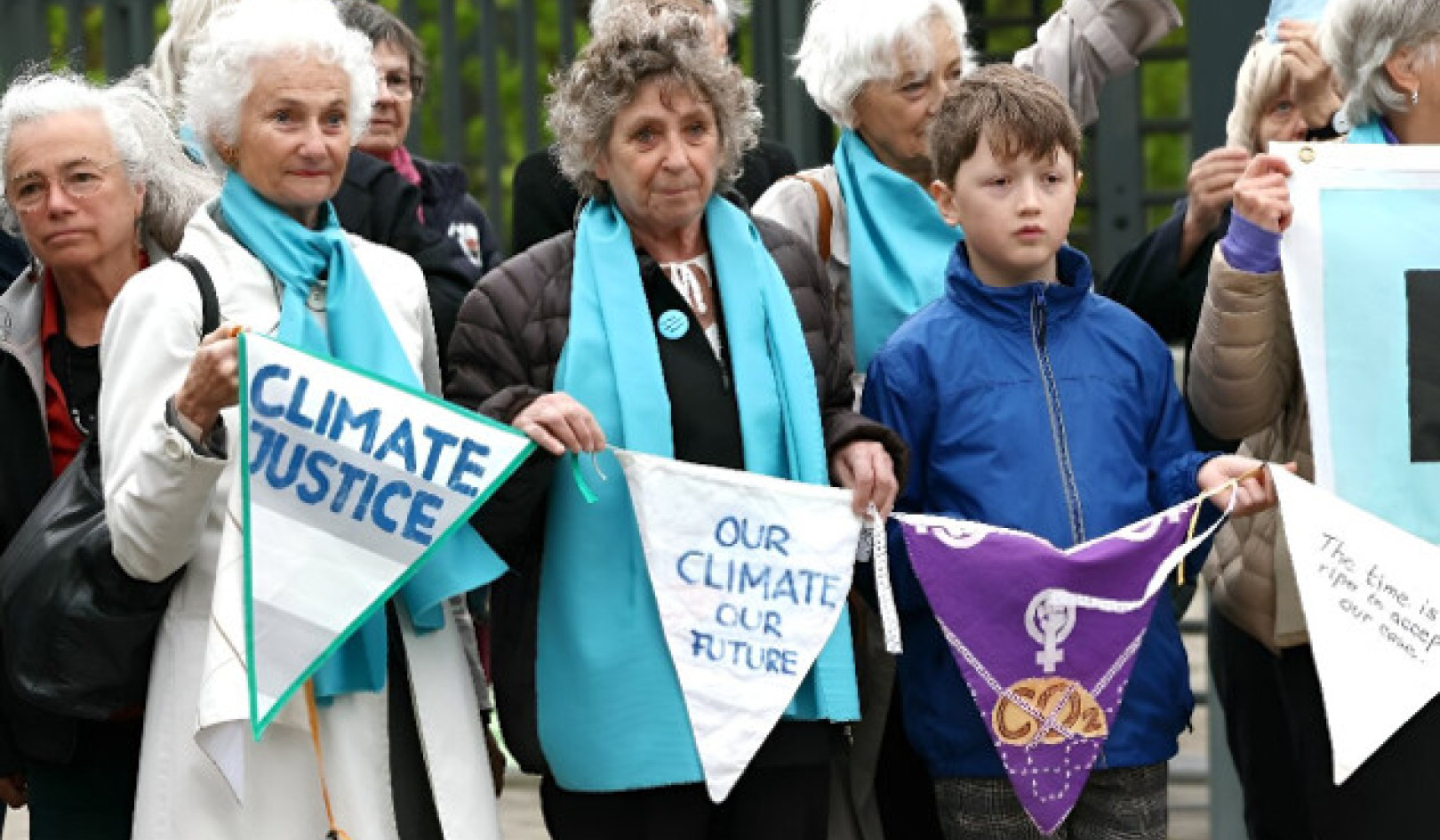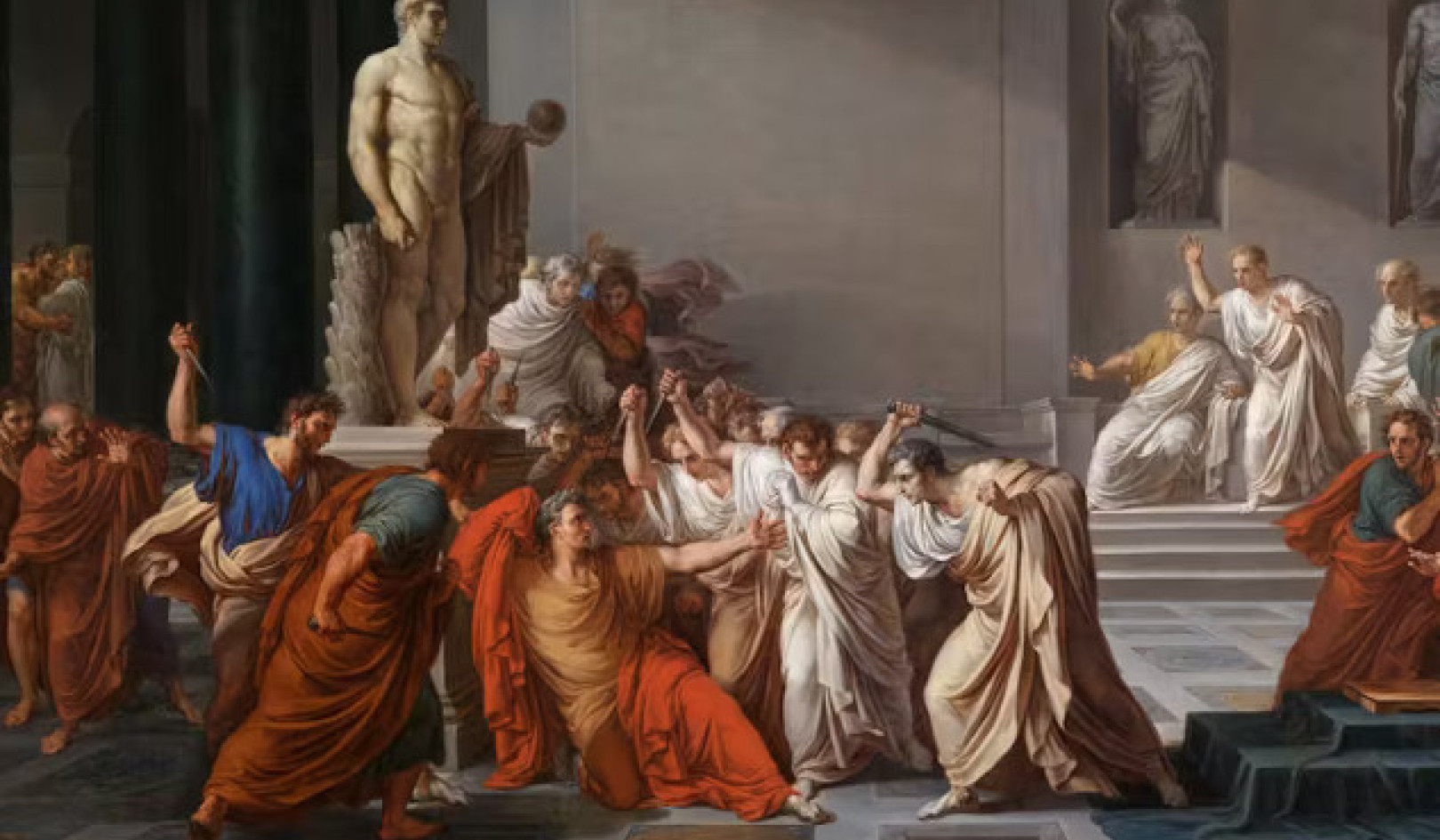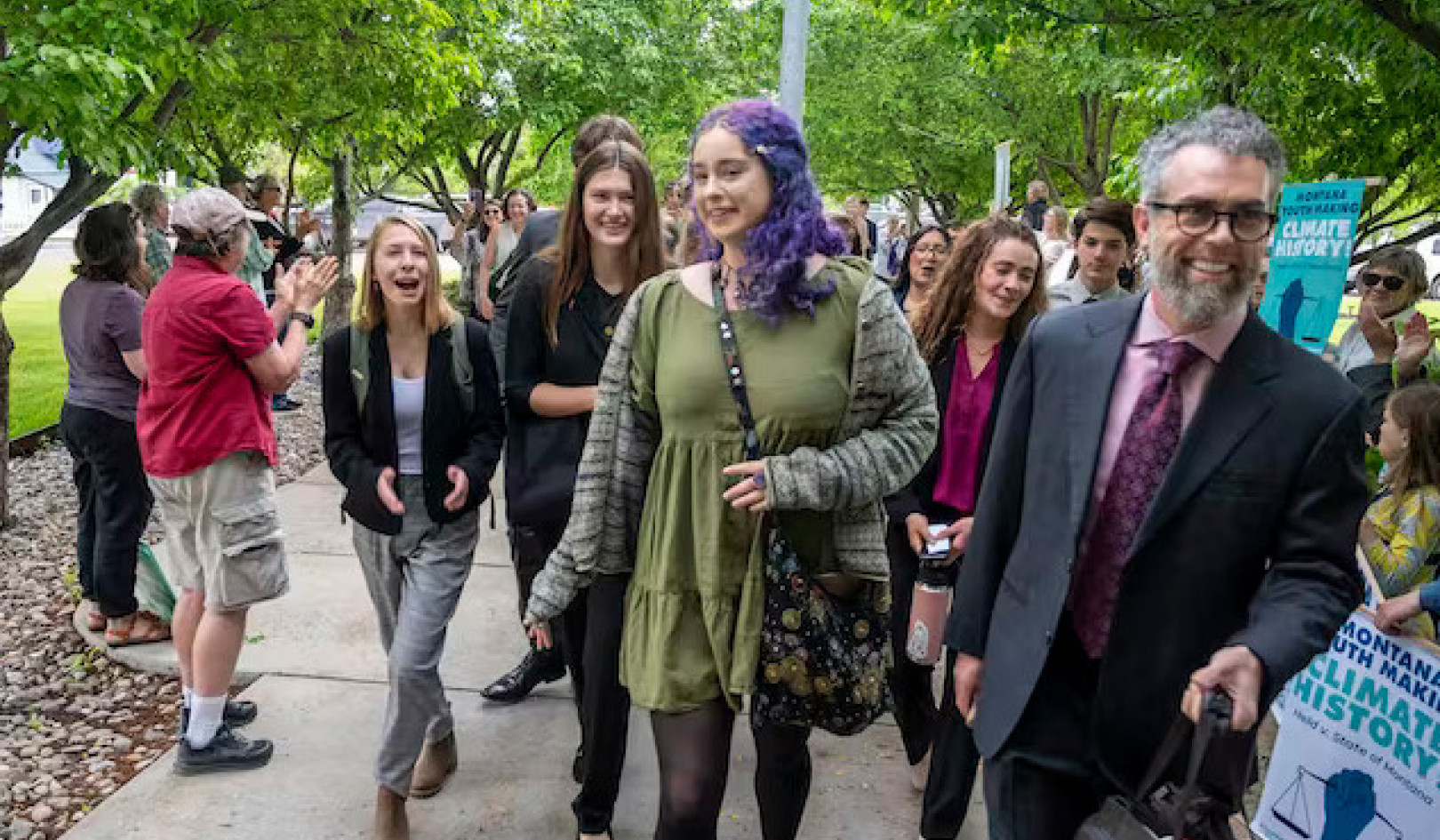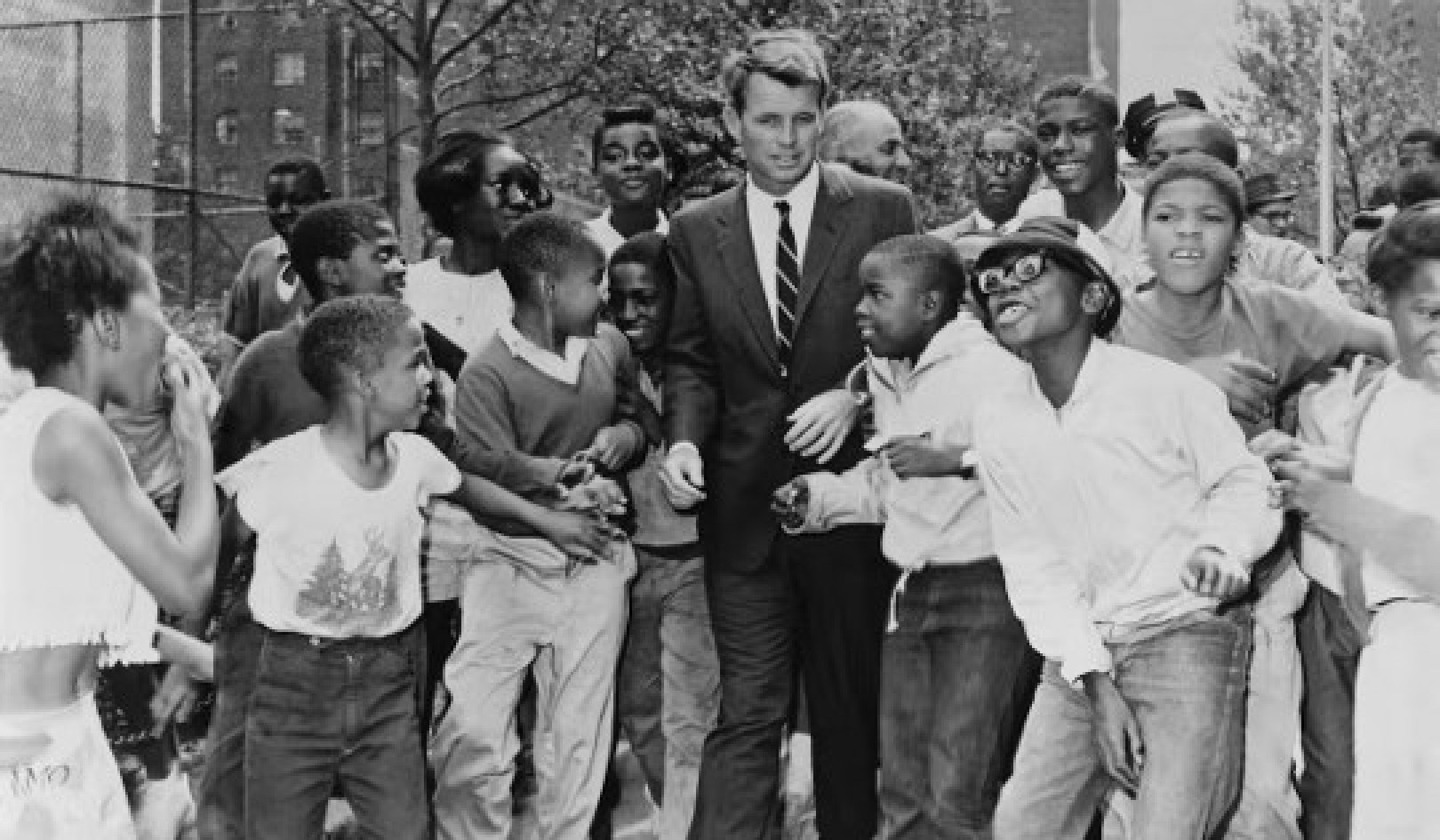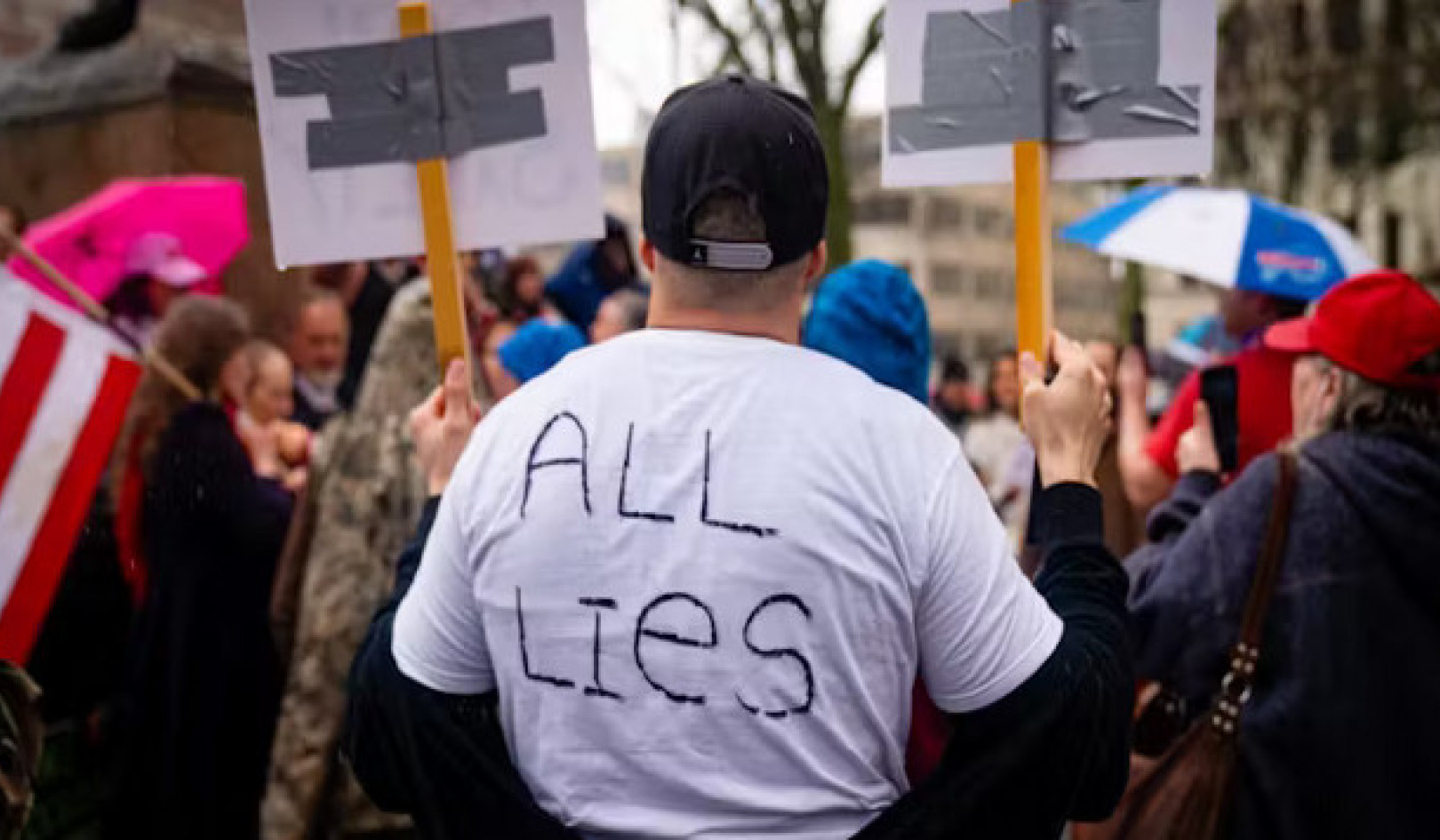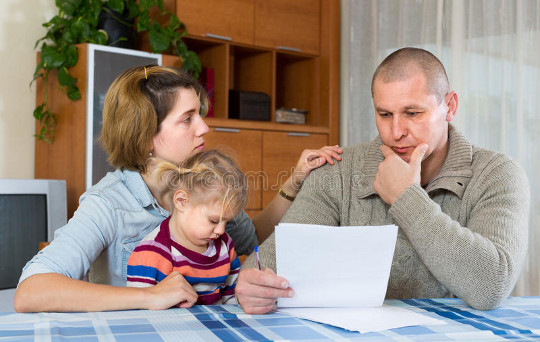
The UK government’s recent mini-budget has come in for a lot of criticism. Its effect on stock markets, pensions and the value of the pound have barely been out of the news. As a clinical psychologist, one issue I find alarming, but has barely been discussed, is the possible effect this will have on the mental health of the British public. Specifically, I am concerned about the cutting of the top rate of tax, what this will do to income inequality, and what this will do to people’s mental health.
The cut to the rate of basic income tax from 20% to 19% will have a very minimal effect on low and middle earners – saving on average £170 a year for 31 million people. But abolishing the top 45% tax rate for those earning £150,000 or more will see the very wealthy with a lot more cash.
Those earning a million a year will save over £55,000 a year from April 2023. Given the average (median) UK salary for full-time workers is £31,461 (before tax, pensions and national insurance is deducted), this is a big handout to top earners and a minimal one to low earners at a time of record inflation and steeply rising energy bills.
Regardless of your views about the evidence for trickle-down economics, you should know what the research says about the impact of income inequality on health. The Spirit Level, a book published in 2009 by UK economists Kate Pickett and Richard Wilkinson, shows that for developed countries, a larger difference between rich and poor has a massive effect on things such as obesity, infant mortality, imprisonment and murder rates.
Countries with lower levels of inequality, such as Japan and Spain, typically have lower levels of these problems. Countries with higher levels of inequality, such as the UK and the US, typically have much higher rates.
This relationship also exists for mental health. The figure below, from the book, shows this link and paints a stark image.
The relationship between the level of income inequality and the percentage of the population with a mental illness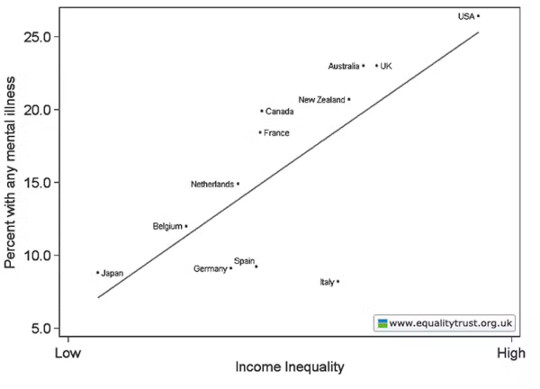 Graph showing the relationship between the level of income inequality and the percentage of the population with a mental illness. The Equality Trust
Graph showing the relationship between the level of income inequality and the percentage of the population with a mental illness. The Equality Trust
A World Health Organization study of 65 countries found that developed countries with a greater Gini index (an economic measure of income inequality) had higher rates of depression across the course of a year, after taking into account demographic variables such as age and education. The most unequal countries had more than 50% greater prevalence of depression compared with the most equal countries.
Of course, just because two things are associated doesn’t mean one is causing the other, but a review concluded there is strong evidence for a causal relationship between income inequality and health. For example, changes in income distribution predict later changes in public health, not the other way around.
The difference between rich and poor in the UK has been increasing steadily since the late 1970s, though it decreased slightly in 2021. At a time of record inflation and stagnant wages, the poor are getting much poorer. But the rich are getting richer, with pay for chief executives at the UK’s top 100 companies increasing by 39% in 2021. The latest budget will increase the gap between rich and poor. Add to this the fact that a recession is forecast, which is likely to worsen mental health, debt levels are likely to increase and those with mental health problems are over three times as likely to have unsecured debt such as energy bills or credit cards, and it’s clear who will take the mental health brunt of the cost of living crisis and the latest budget.![]()
About The Author
Thomas Richardson, Associate Professor of Clinical Psychology, University of Southampton
This article is republished from The Conversation under a Creative Commons license. Read the original article.
Books on Inequality from Amazon's Best Sellers list
"Caste: The Origins of Our Discontents"
by Isabel Wilkerson
In this book, Isabel Wilkerson examines the history of caste systems in societies around the world, including in the United States. The book explores the impact of caste on individuals and society, and offers a framework for understanding and addressing inequality.
Click for more info or to order
"The Color of Law: A Forgotten History of How Our Government Segregated America"
by Richard Rothstein
In this book, Richard Rothstein explores the history of government policies that created and reinforced racial segregation in the United States. The book examines the impact of these policies on individuals and communities, and offers a call to action for addressing ongoing inequality.
Click for more info or to order
"The Sum of Us: What Racism Costs Everyone and How We Can Prosper Together"
by Heather McGhee
In this book, Heather McGhee explores the economic and social costs of racism, and offers a vision for a more equitable and prosperous society. The book includes stories of individuals and communities who have challenged inequality, as well as practical solutions for creating a more inclusive society.
Click for more info or to order
"The Deficit Myth: Modern Monetary Theory and the Birth of the People's Economy"
by Stephanie Kelton
In this book, Stephanie Kelton challenges conventional ideas about government spending and the national deficit, and offers a new framework for understanding economic policy. The book includes practical solutions for addressing inequality and creating a more equitable economy.
Click for more info or to order
"The New Jim Crow: Mass Incarceration in the Age of Colorblindness"
by Michelle Alexander
In this book, Michelle Alexander explores the ways in which the criminal justice system perpetuates racial inequality and discrimination, particularly against Black Americans. The book includes a historical analysis of the system and its impact, as well as a call to action for reform.


















